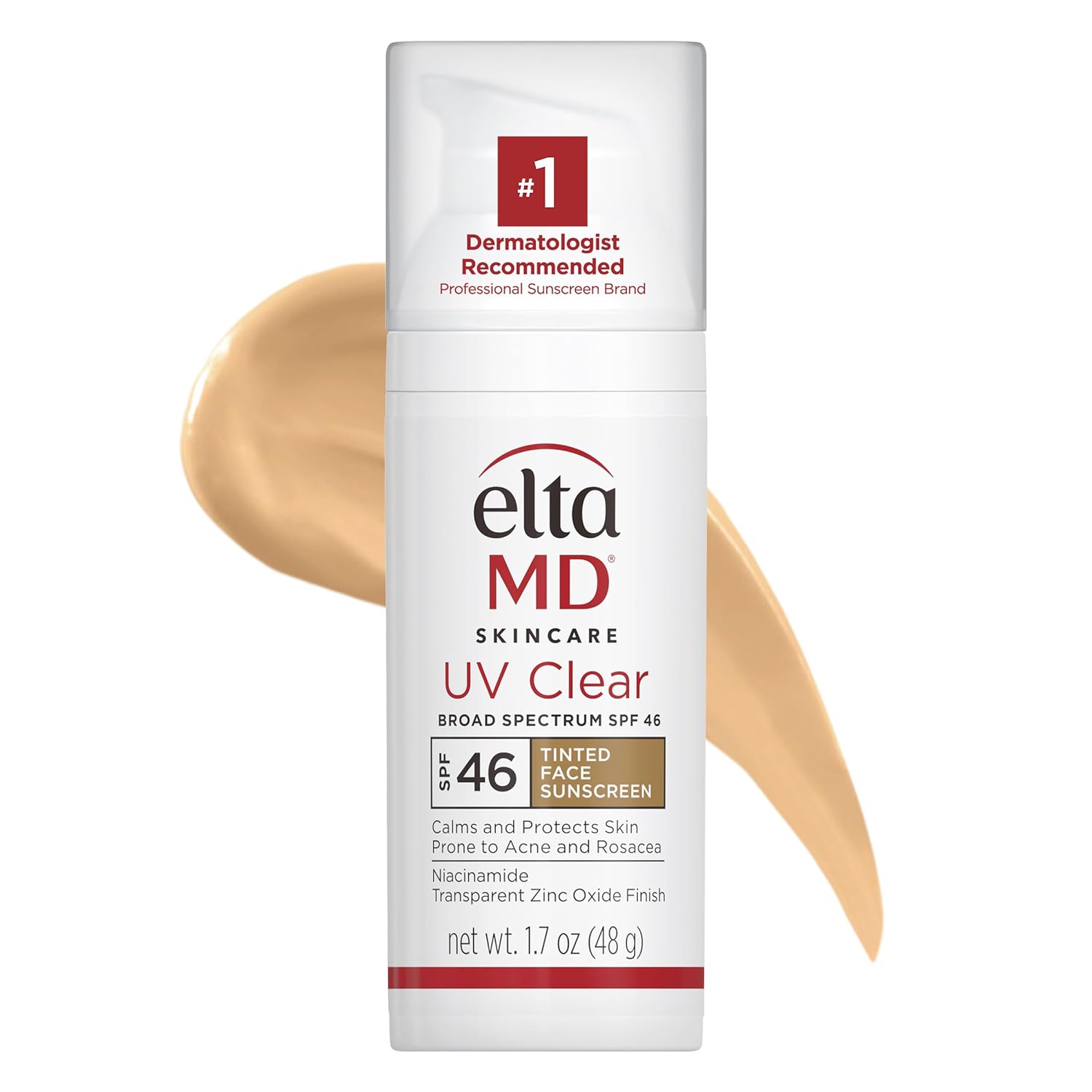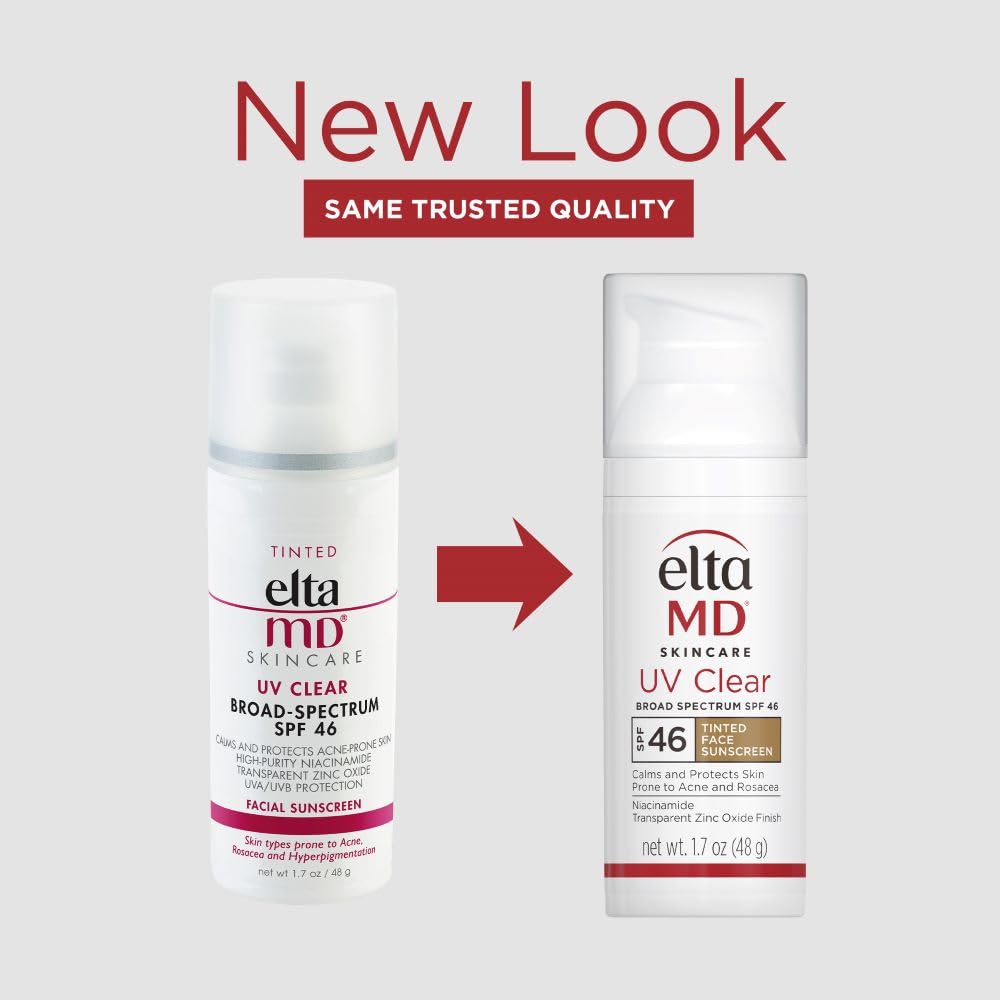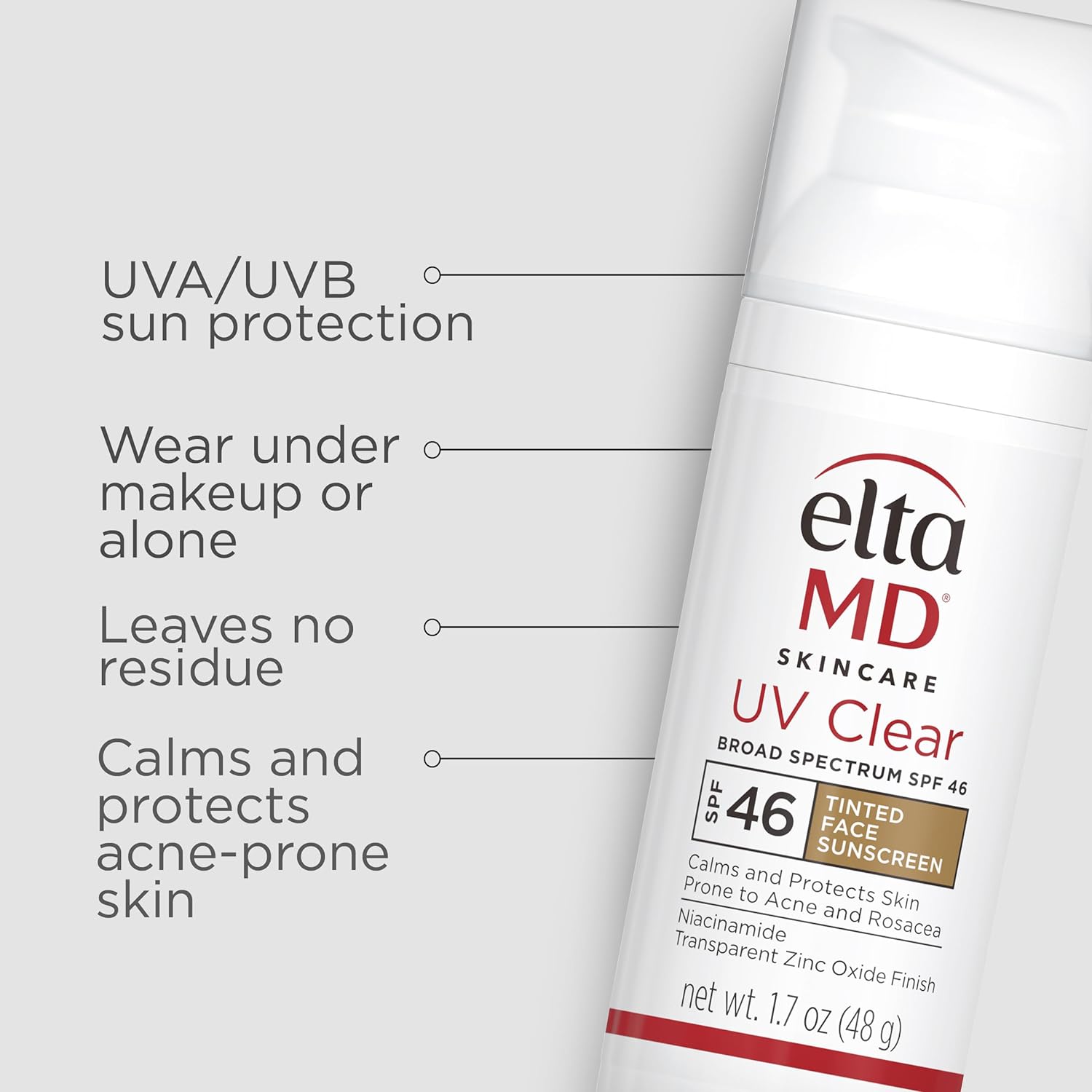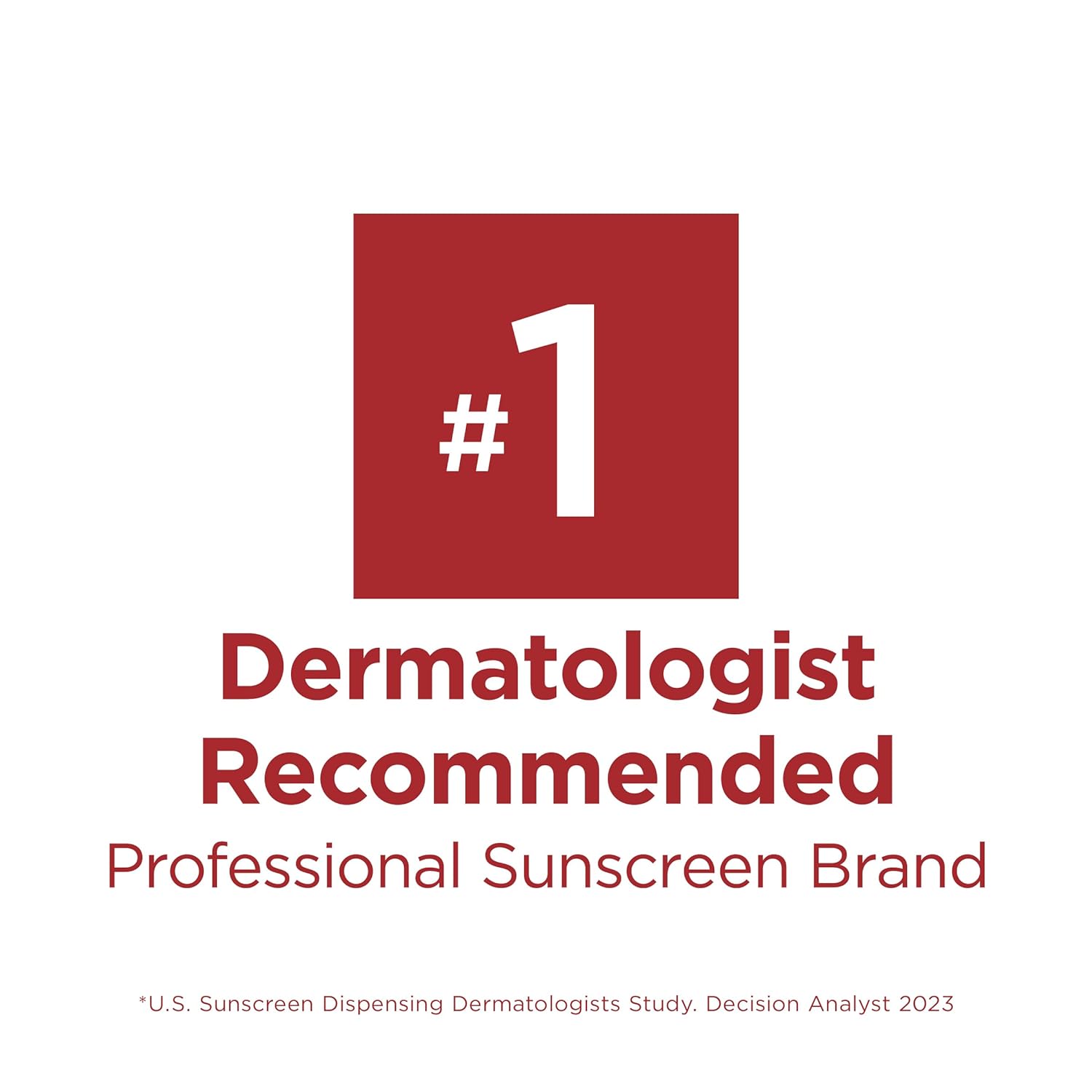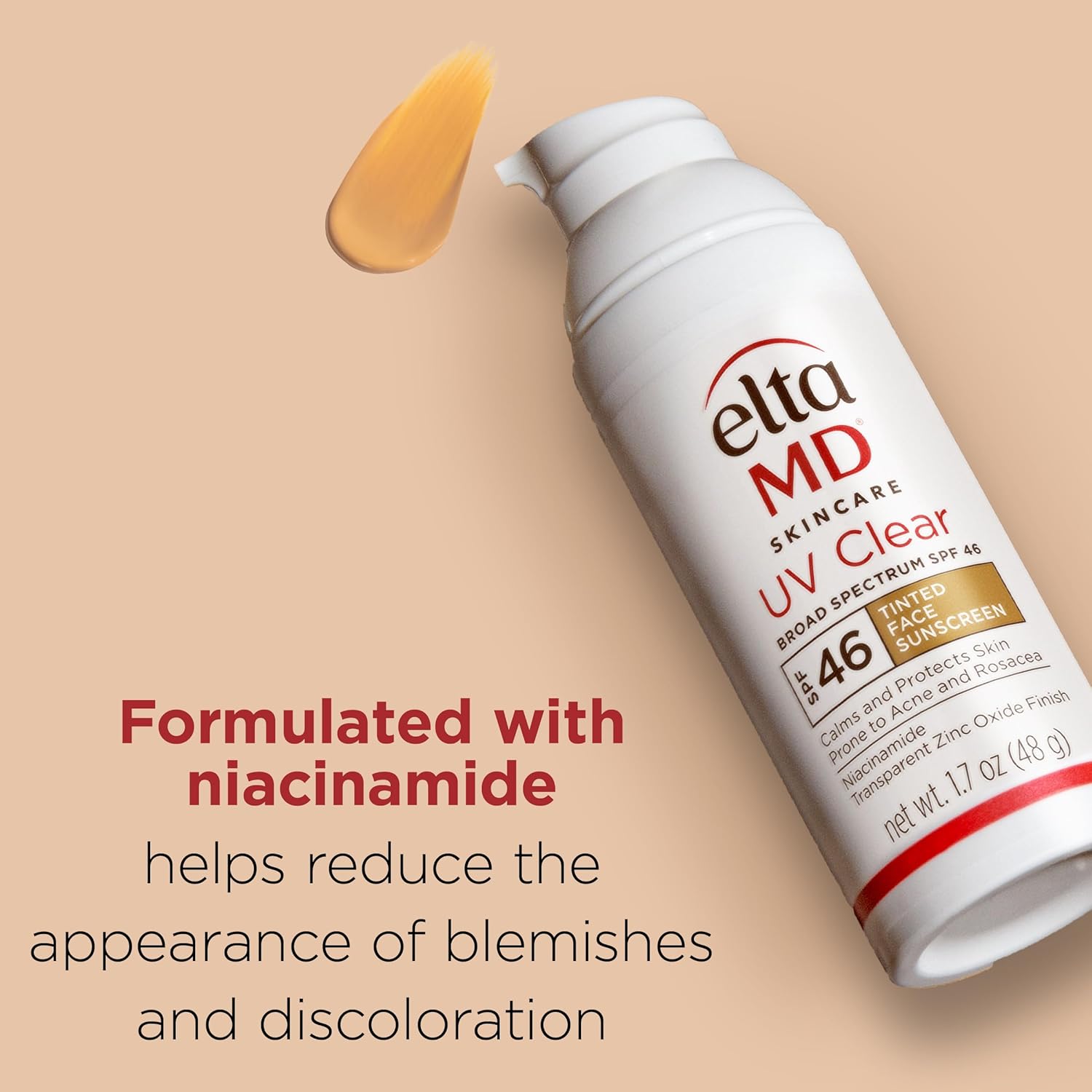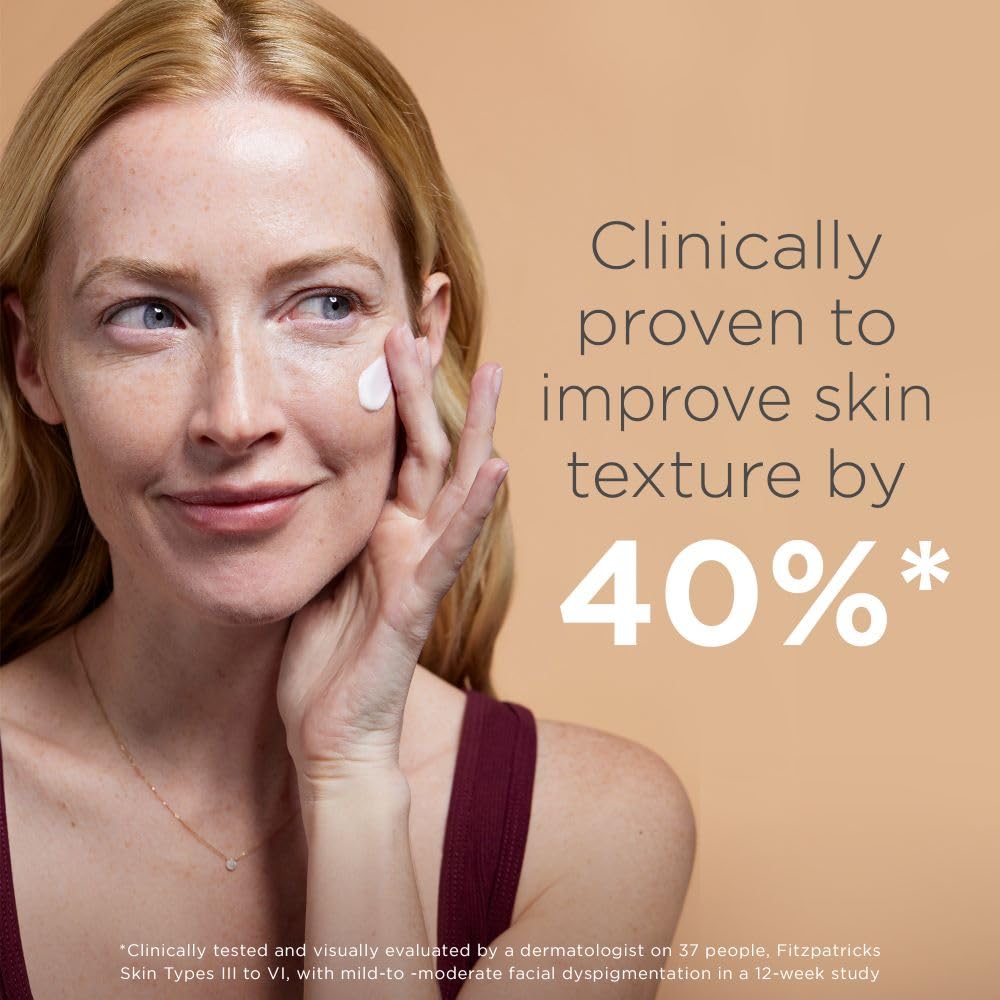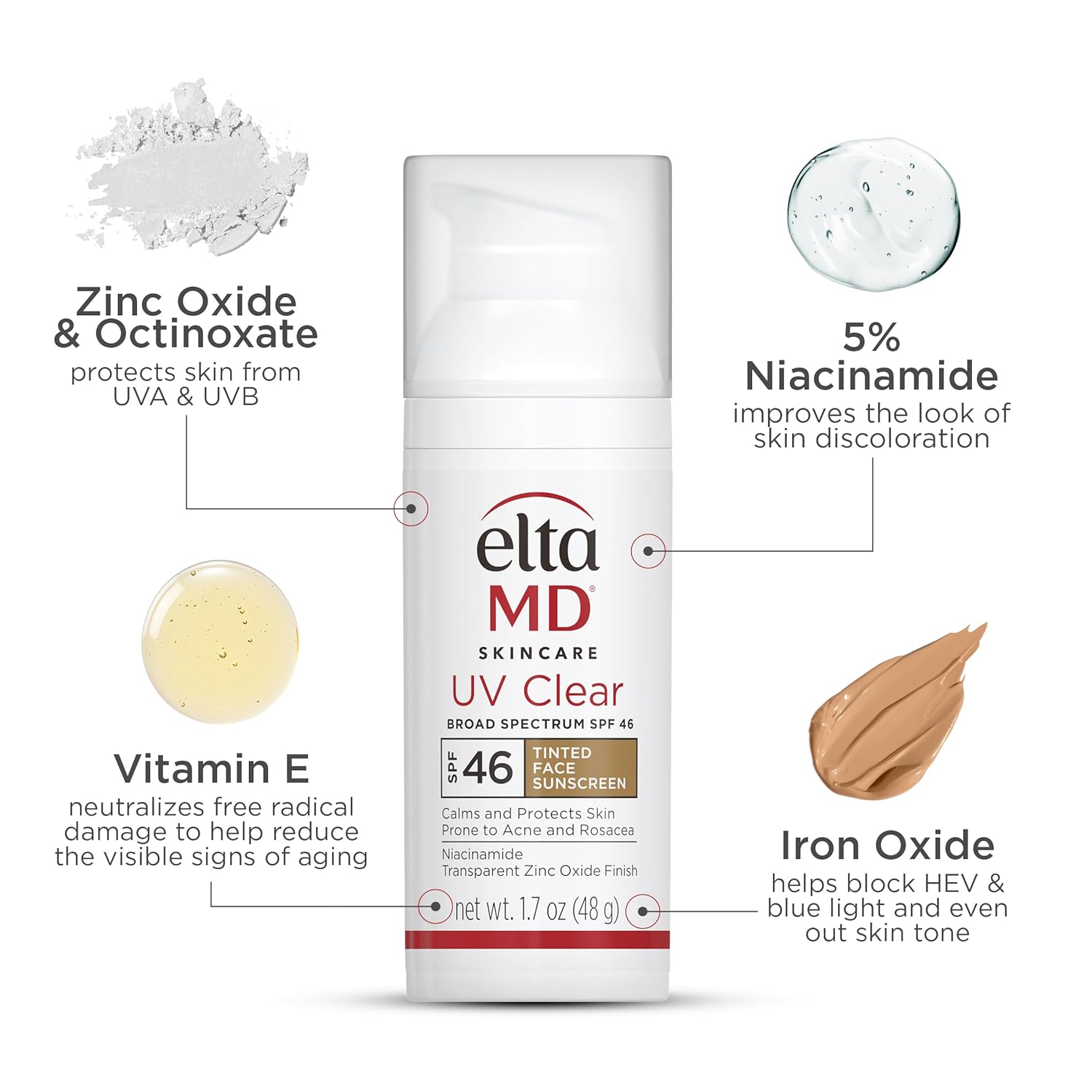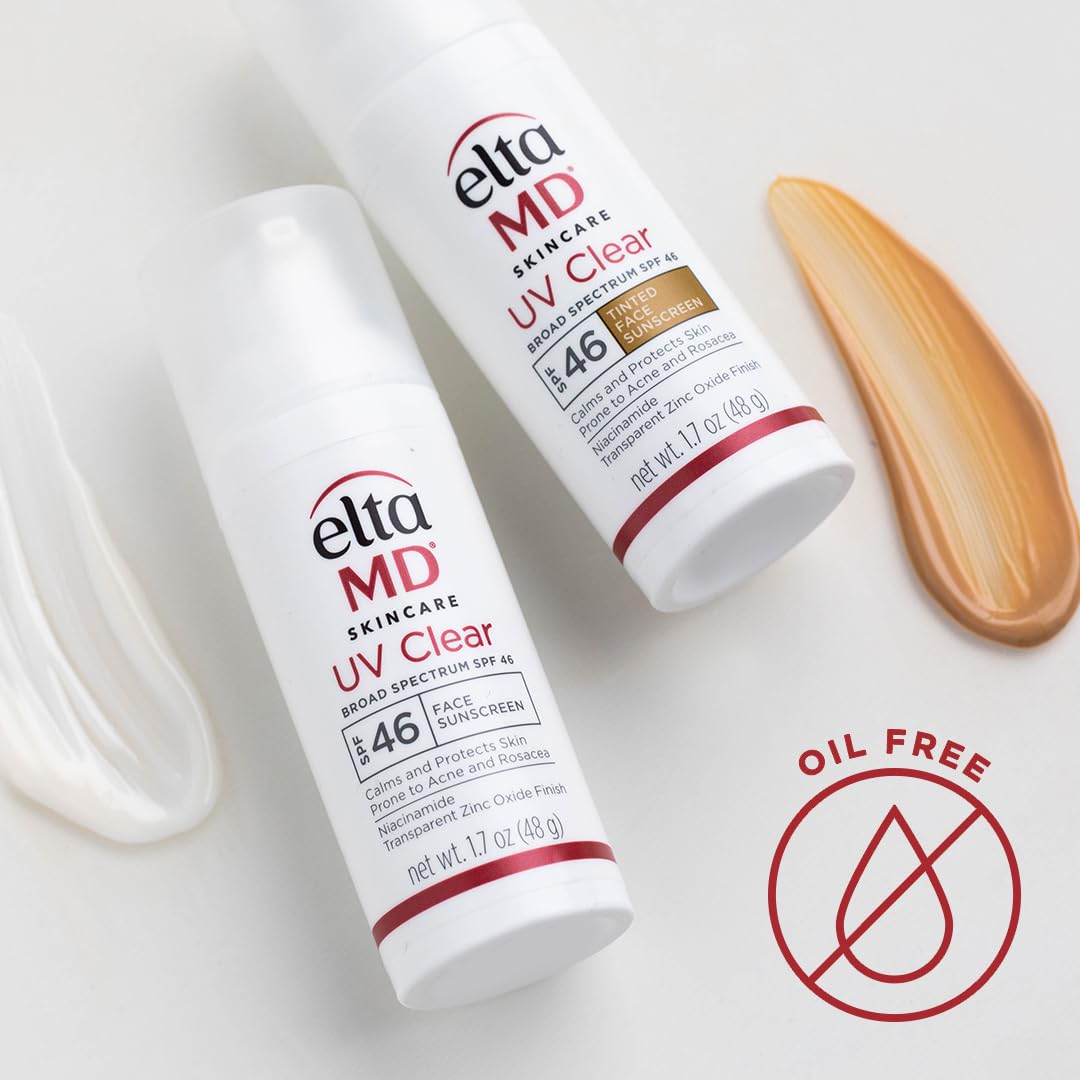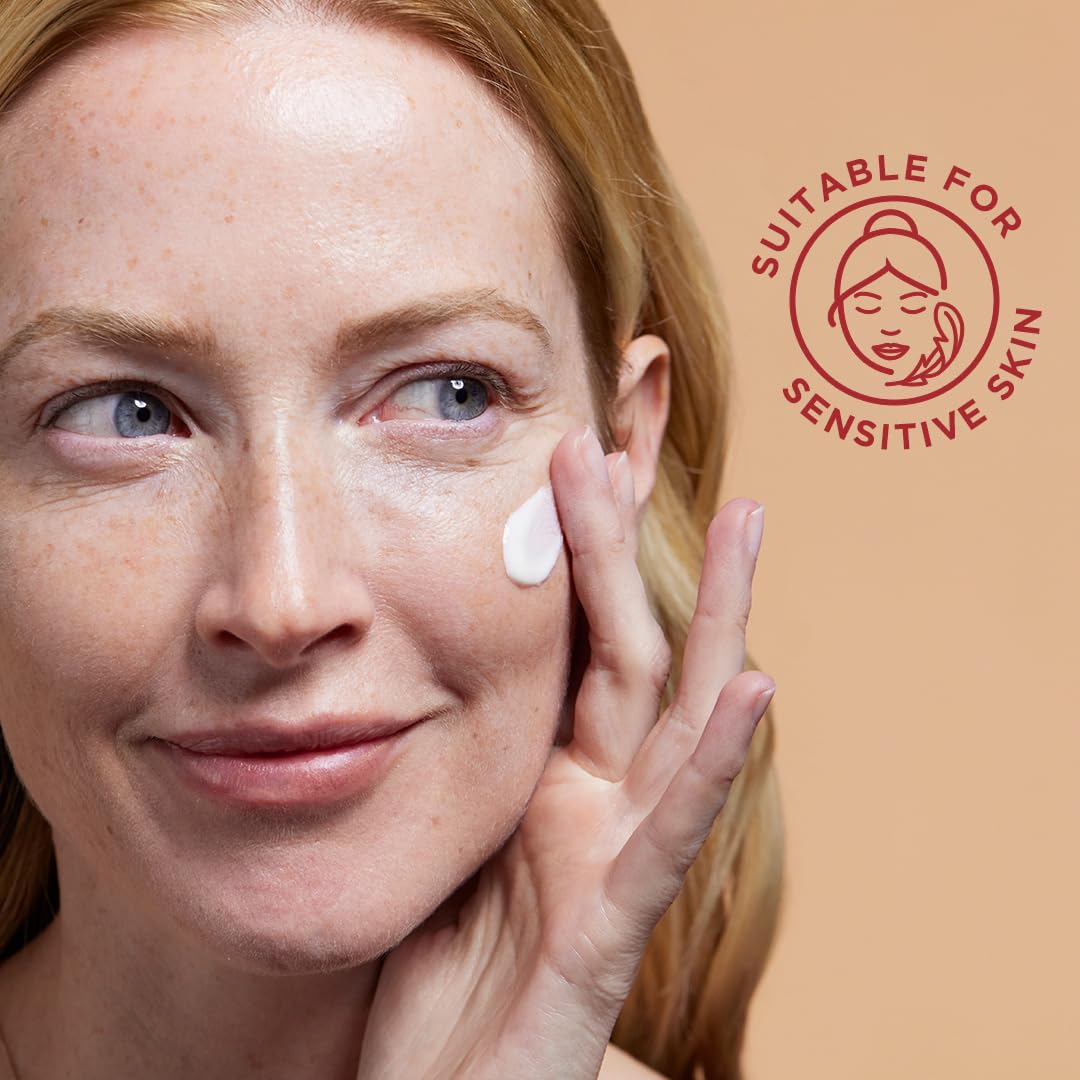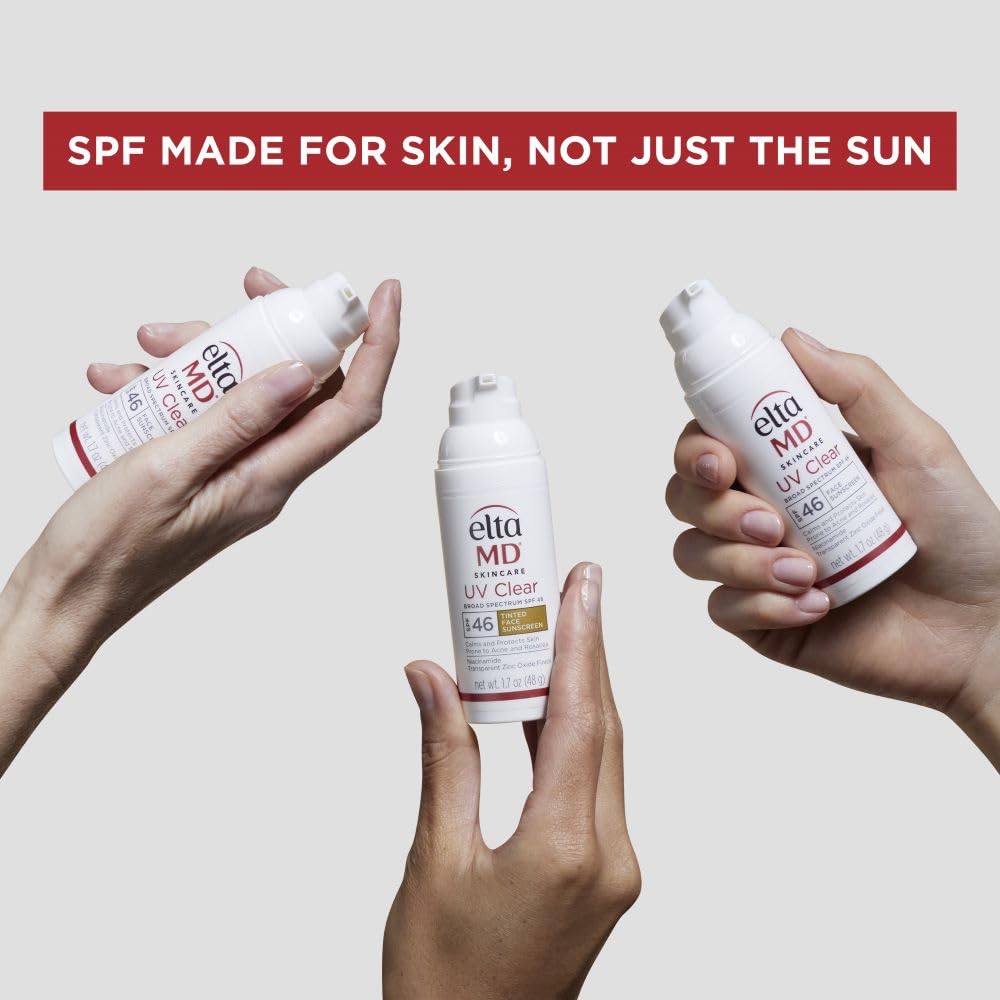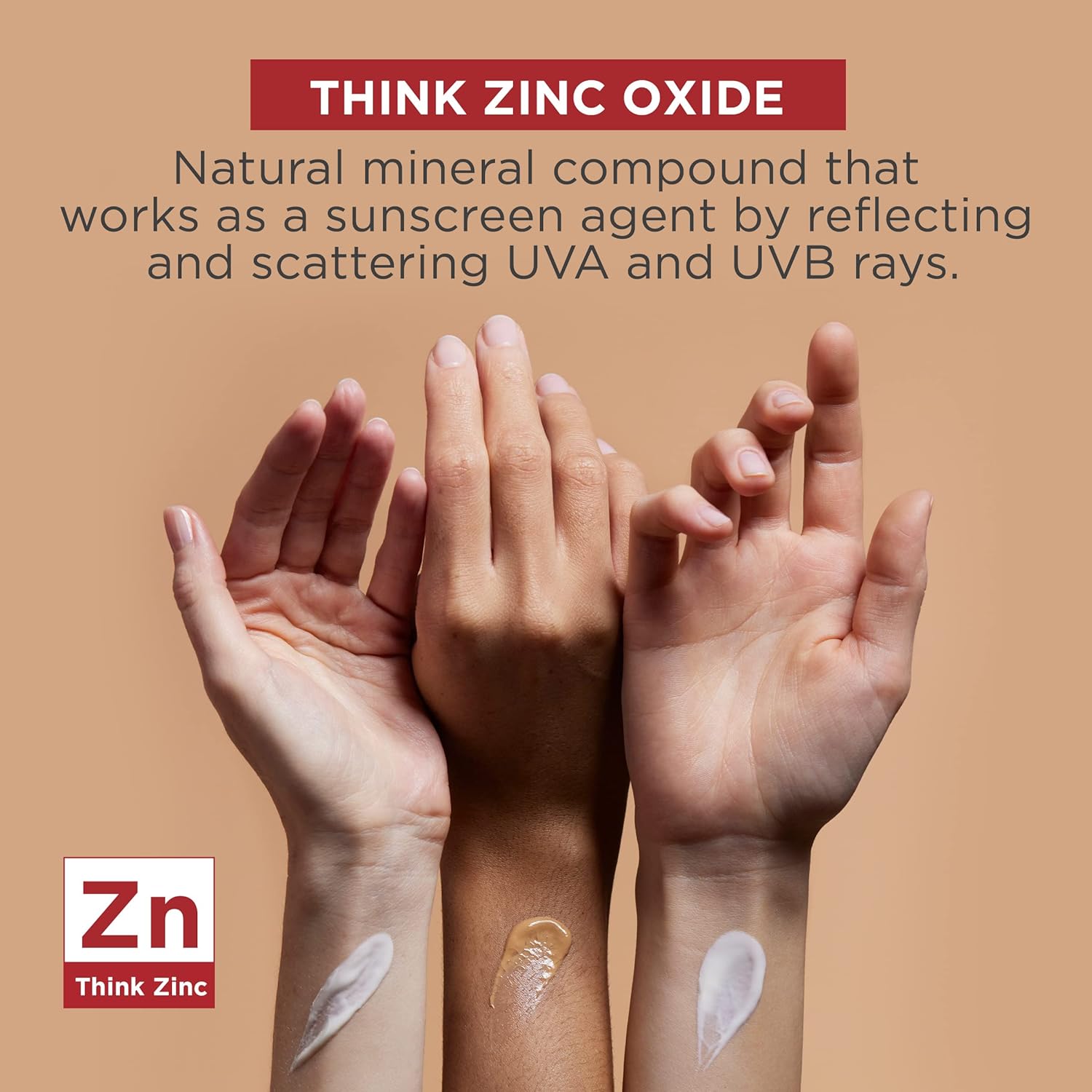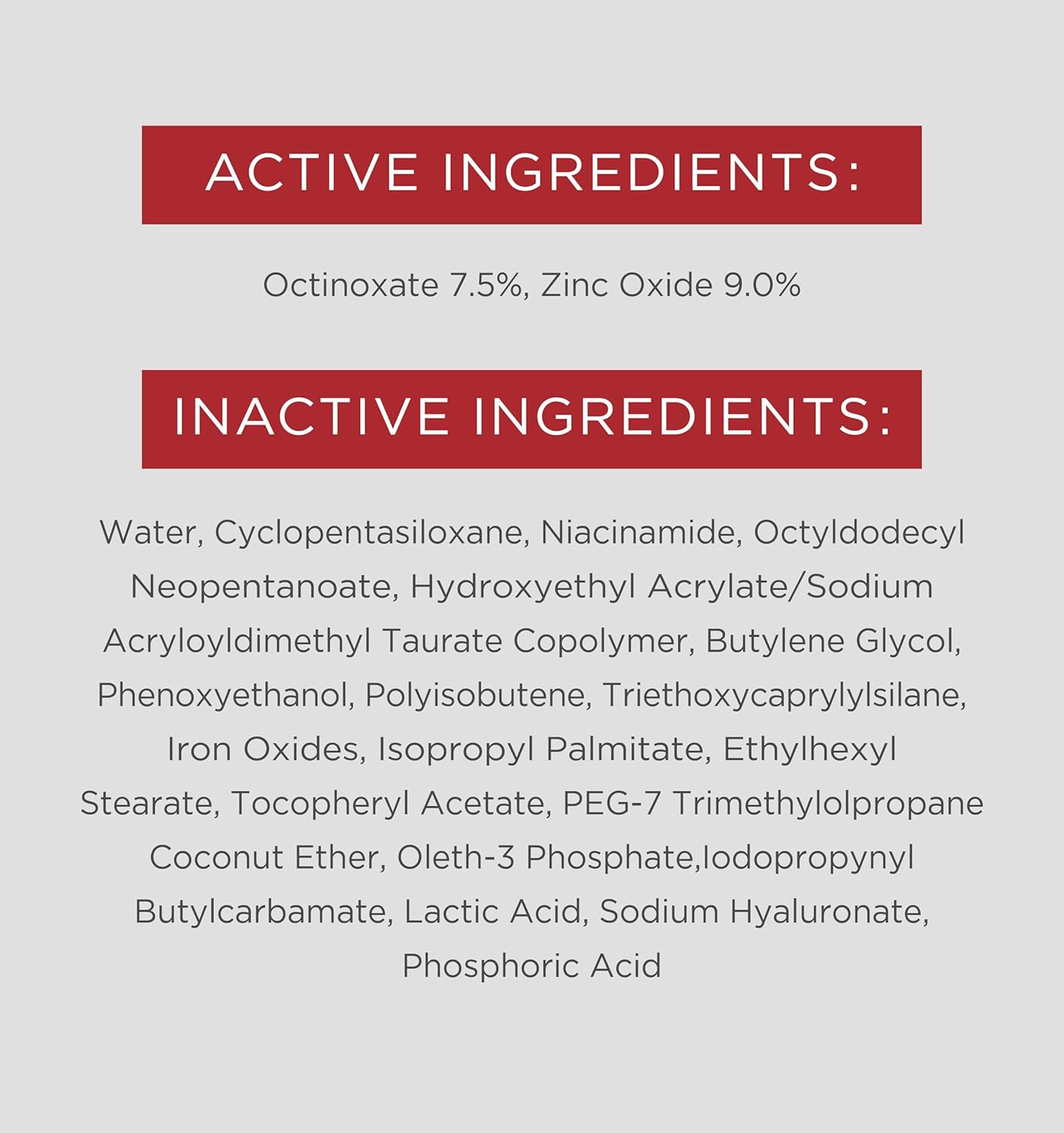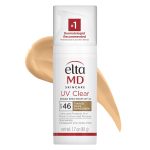
EltaMD UV Clear Tinted Face Sunscreen, Review sunscreen Buying Guide – Oemiu
EltaMD UV Clear Tinted Face Sunscreen: A Deep Dive and Ultimate Guide
Finding the perfect sunscreen can feel like searching for a mythical unicorn. It needs to offer robust protection, feel comfortable on the skin, avoid that dreaded white cast, and ideally, even out your complexion. Enter EltaMD UV Clear Tinted Face Sunscreen, a product that has garnered significant attention and praise within the skincare community. But does it truly live up to the hype? This comprehensive review dives deep into the formula, performance, and overall value of EltaMD UV Clear Tinted, offering insights to help you decide if it’s the right sunscreen for your needs. We’ll also explore the broader world of sunscreens, providing a detailed buying guide to empower you to make informed choices, no matter your skin type or lifestyle.
Decoding the EltaMD UV Clear Tinted Face Sunscreen Formula
EltaMD UV Clear Tinted is formulated with a blend of chemical and physical sunscreen ingredients, offering broad-spectrum protection against both UVA and UVB rays. The key active ingredients are 9.0% Zinc Oxide and 7.5% Octinoxate. Zinc Oxide is a mineral sunscreen that sits on top of the skin, physically blocking UV rays. It’s known for being gentle and well-tolerated by sensitive skin. Octinoxate, a chemical sunscreen, absorbs UV rays and converts them into heat, which is then released from the skin. This combination provides robust protection while aiming for a lightweight and non-greasy feel. But the formula goes beyond just sun protection. It includes ingredients like Niacinamide (Vitamin B3), which is known for its anti-inflammatory properties, helping to reduce redness and blemishes. Hyaluronic Acid provides hydration, and Tocopherol (Vitamin E) offers antioxidant benefits, protecting the skin from free radical damage caused by UV exposure and pollution. The “tint” comes from iron oxides, which provide a sheer, natural-looking coverage that helps to even out skin tone and minimize the appearance of imperfections. This is a game-changer for many, allowing them to skip foundation or use less makeup overall. The formula is oil-free, fragrance-free, and paraben-free, further contributing to its suitability for sensitive and acne-prone skin. It’s also non-comedogenic, meaning it’s designed not to clog pores, which is crucial for maintaining clear skin. The texture is lightweight and creamy, making it easy to apply and spread evenly. However, some users report that it can feel slightly tacky upon initial application, but this usually dissipates as the product absorbs. Overall, the EltaMD UV Clear Tinted formula is a thoughtfully crafted blend of sunscreen ingredients, skin-loving actives, and a subtle tint, designed to protect, treat, and enhance the complexion. When choosing a **tinted sunscreen for oily skin**, ingredients are crucial.
The Performance Test: Real-World Application and Results
The true test of any sunscreen lies in its performance in real-world conditions. How does EltaMD UV Clear Tinted hold up against daily wear, sweat, and varying skin types? For individuals with oily or acne-prone skin, this sunscreen is often hailed as a holy grail product. The oil-free formula prevents that greasy feeling that some sunscreens can leave behind, and the non-comedogenic properties help to minimize breakouts. The Niacinamide further aids in controlling oil production and reducing inflammation. The tint provides a subtle mattifying effect, helping to keep shine at bay throughout the day. For those with dry skin, the Hyaluronic Acid in the formula offers a welcome boost of hydration. However, some users with very dry skin may find that they need to layer a moisturizer underneath for optimal comfort. The tinted formula can sometimes accentuate dry patches, so proper hydration is key. For sensitive skin, the fragrance-free and paraben-free formulation is a major plus. The mineral sunscreen ingredient, Zinc Oxide, is generally well-tolerated by sensitive skin, and the anti-inflammatory properties of Niacinamide can help to soothe irritation. However, as with any new skincare product, it’s always recommended to perform a patch test before applying it all over the face. The tint provides a light, sheer coverage that evens out skin tone and blurs imperfections. It’s not a replacement for foundation, but it can be a great option for those who prefer a more natural look. The shade range is limited, however, with only one universal tint available. This can be a drawback for individuals with very fair or very deep skin tones, as the tint may appear too dark or too light. In terms of sun protection, EltaMD UV Clear Tinted provides reliable broad-spectrum coverage. It’s important to apply it liberally and reapply every two hours, or more frequently if sweating or swimming. While it’s water-resistant, it’s not waterproof, so reapplication is crucial after water activities. Overall, the performance of EltaMD UV Clear Tinted is generally positive, particularly for those with oily, acne-prone, or sensitive skin. The lightweight texture, subtle tint, and added skincare benefits make it a popular choice for daily wear. Consider a **mineral sunscreen for acne-prone skin** if sensitivity is a concern.
A Comprehensive Sunscreen Buying Guide: Beyond EltaMD
Choosing the right sunscreen is a crucial step in any skincare routine. It’s not just about preventing sunburn; it’s about protecting your skin from premature aging, skin cancer, and other harmful effects of sun exposure. But with so many options available, navigating the sunscreen aisle can be overwhelming. This comprehensive buying guide will equip you with the knowledge you need to make informed decisions and find the perfect sunscreen for your individual needs. First, understand the terminology. “Broad-spectrum” means the sunscreen protects against both UVA and UVB rays. UVA rays contribute to aging, while UVB rays cause sunburn. Both can lead to skin cancer. SPF, or Sun Protection Factor, measures how well the sunscreen protects against UVB rays. For example, an SPF of 30 blocks about 97% of UVB rays, while an SPF of 50 blocks about 98%. Dermatologists generally recommend using a sunscreen with an SPF of 30 or higher. Consider your skin type. If you have oily or acne-prone skin, look for oil-free and non-comedogenic formulas. If you have dry skin, opt for hydrating sunscreens with ingredients like hyaluronic acid or ceramides. If you have sensitive skin, choose fragrance-free and paraben-free sunscreens with mineral sunscreen ingredients like zinc oxide or titanium dioxide. Also, consider your activity level. If you’ll be swimming or sweating, choose a water-resistant or sweat-resistant sunscreen. Look for a sunscreen that states how long it remains effective in water or while sweating (e.g., water-resistant for 40 minutes or 80 minutes). Remember to reapply sunscreen every two hours, or more frequently if swimming or sweating. When considering a **sunscreen for sensitive skin face**, look for the ingredients listed previously.
Decoding Sunscreen Ingredients: Chemical vs. Mineral
A key distinction to understand when choosing a sunscreen is the difference between chemical and mineral sunscreen ingredients. Chemical sunscreens work by absorbing UV rays and converting them into heat, which is then released from the skin. Common chemical sunscreen ingredients include oxybenzone, avobenzone, octinoxate, and octisalate. While effective, some individuals may experience irritation or allergic reactions to these ingredients. There are also concerns about the potential environmental impact of some chemical sunscreen ingredients, particularly oxybenzone and octinoxate, which have been linked to coral reef damage. Mineral sunscreens, on the other hand, work by physically blocking UV rays. The active ingredients are typically zinc oxide or titanium dioxide. Mineral sunscreens are generally considered to be more gentle and less irritating than chemical sunscreens, making them a good choice for sensitive skin. They are also considered to be more environmentally friendly. However, mineral sunscreens can sometimes leave a white cast on the skin, particularly on darker skin tones. This is because the mineral particles are opaque and can create a visible layer on the skin. Some mineral sunscreens are formulated with smaller particle sizes or are tinted to minimize the white cast. Nano vs. Non-Nano: Another consideration is whether the mineral sunscreen contains nanoparticles. Nanoparticles are very small particles that are less than 100 nanometers in size. Some concerns have been raised about the potential for nanoparticles to be absorbed into the skin and cause harm. However, current scientific evidence suggests that mineral sunscreen ingredients are safe for topical use, even in nanoparticle form. Most dermatologists agree that the benefits of using sunscreen far outweigh the potential risks of using nanoparticles. Ultimately, the choice between chemical and mineral sunscreen depends on your individual preferences and needs. If you have sensitive skin or are concerned about the environmental impact of chemical sunscreen ingredients, mineral sunscreen is a good option. If you prefer a lightweight, invisible sunscreen, chemical sunscreen may be a better choice. You can find excellent **mineral sunscreen for face** options that avoid a white cast.
Application Techniques and Common Mistakes to Avoid
Even the best sunscreen won’t be effective if it’s not applied correctly. Here are some key application techniques and common mistakes to avoid to ensure optimal sun protection. First, apply sunscreen liberally. Most people don’t use enough sunscreen, which significantly reduces the SPF. The general recommendation is to use about one ounce (or a shot glass full) of sunscreen to cover the entire body. For the face, use about a teaspoon-sized amount. Don’t forget to apply sunscreen to often-neglected areas such as the ears, neck, back of the hands, and tops of the feet. Apply sunscreen at least 15-30 minutes before sun exposure. This allows the sunscreen to properly bind to the skin and form a protective barrier. Reapply sunscreen every two hours, or more frequently if swimming or sweating. Water and sweat can wash away sunscreen, even if it’s water-resistant. Don’t rely solely on sunscreen. Sunscreen is an important part of sun protection, but it’s not the only line of defense. Wear protective clothing, such as long sleeves, pants, and a wide-brimmed hat. Seek shade during peak sun hours (typically between 10 am and 4 pm). Avoid tanning beds. Tanning beds emit harmful UV radiation that can damage the skin and increase the risk of skin cancer. Check the expiration date. Sunscreen can degrade over time, losing its effectiveness. Don’t use expired sunscreen. Store sunscreen properly. Heat and sunlight can also degrade sunscreen. Store sunscreen in a cool, dry place away from direct sunlight. Don’t mix sunscreen with other products. Mixing sunscreen with other products, such as moisturizers or makeup, can dilute the sunscreen and reduce its effectiveness. Apply sunscreen as the last step in your skincare routine before makeup. Be mindful of medications and sun sensitivity. Certain medications can increase your skin’s sensitivity to the sun. If you’re taking any medications, talk to your doctor or pharmacist about whether you need to take extra precautions in the sun. By following these application techniques and avoiding common mistakes, you can maximize the effectiveness of your sunscreen and protect your skin from the harmful effects of sun exposure. For daily protection, consider a **face sunscreen for daily use** that you enjoy applying.
EltaMD UV Clear Tinted Face Sunscreen: Pros and Cons
To provide a balanced perspective, let’s break down the specific pros and cons of the EltaMD UV Clear Tinted Face Sunscreen. Weighing these factors against your individual needs and priorities will help you determine if this sunscreen is the right fit for you.
| Pros | Cons |
|---|---|
|
|
The pros of EltaMD UV Clear Tinted outweigh the cons for many users, especially those with specific skin concerns like acne, sensitivity, or oiliness. The added skincare benefits of Niacinamide and Hyaluronic Acid are a significant draw, making it more than just a sunscreen. However, the limited shade range and potential tackiness can be drawbacks for some. The price point is also a factor to consider, as there are more affordable sunscreen options available. Ultimately, the decision of whether or not to purchase EltaMD UV Clear Tinted depends on your individual needs, preferences, and budget.
Frequently Asked Questions (FAQ)
What is the difference between physical and chemical sunscreens?
Physical sunscreens, also known as mineral sunscreens, use mineral ingredients like zinc oxide and titanium dioxide to create a physical barrier on the skin that reflects UV rays away. These sunscreens are generally considered gentler and less irritating, making them a good choice for sensitive skin. They also work immediately upon application. Chemical sunscreens, on the other hand, use chemical filters like oxybenzone and avobenzone to absorb UV rays and convert them into heat, which is then released from the skin. These sunscreens tend to be more lightweight and easier to blend, often leaving no visible residue. However, some people may experience irritation or allergic reactions to certain chemical sunscreen ingredients. Additionally, concerns have been raised about the potential environmental impact of some chemical filters, particularly oxybenzone and octinoxate, which have been linked to coral reef damage. The best choice depends on your individual skin type, sensitivities, and environmental concerns.
Is EltaMD UV Clear Tinted Face Sunscreen safe for sensitive skin?
EltaMD UV Clear Tinted is generally considered safe for sensitive skin due to its fragrance-free, paraben-free, and non-comedogenic formula. It also contains Niacinamide, which has anti-inflammatory properties that can help to soothe irritation. The use of Zinc Oxide as a primary active ingredient further contributes to its suitability for sensitive skin, as mineral sunscreens are often better tolerated than chemical sunscreens. However, as with any new skincare product, it’s always recommended to perform a patch test before applying it all over the face, especially if you have highly sensitive skin or a history of allergic reactions. Apply a small amount of the sunscreen to a discreet area of skin, such as the inside of your wrist, and wait 24-48 hours to see if any irritation develops. If you experience any redness, itching, or swelling, discontinue use. While EltaMD UV Clear Tinted is formulated to be gentle, individual reactions can vary.
Does the tint in EltaMD UV Clear Tinted Face Sunscreen provide enough coverage to replace foundation?
The tint in EltaMD UV Clear Tinted Face Sunscreen provides a sheer, natural-looking coverage that evens out skin tone and blurs minor imperfections. It’s not designed to provide the same level of coverage as a traditional foundation, but it can be a good option for those who prefer a more natural look or want to minimize the amount of makeup they wear. Many users find that it provides just enough coverage to even out redness, discoloration, and minor blemishes, allowing them to skip foundation altogether or use less of it. However, if you’re looking for full coverage to conceal significant imperfections or achieve a more polished look, you’ll likely still need to use foundation or concealer in addition to the tinted sunscreen. The level of coverage provided by the tint is minimal, making it ideal for those who appreciate a natural appearance. It is important to note that the tint comes in only one shade so it may not be suitable for all skin tones.
How often should I reapply EltaMD UV Clear Tinted Face Sunscreen?
You should reapply EltaMD UV Clear Tinted Face Sunscreen every two hours, or more frequently if swimming or sweating. Water and sweat can wash away sunscreen, even if it’s water-resistant. If you’re spending extended periods of time outdoors, especially in direct sunlight, it’s important to be diligent about reapplying your sunscreen to maintain adequate protection. Even if you’re not swimming or sweating, sunscreen can wear off over time due to friction from clothing or touching your face. To ensure optimal protection, it’s best to err on the side of caution and reapply regularly throughout the day. You can use a sunscreen stick or spray for easy reapplication on the go. Setting a timer on your phone can serve as a helpful reminder.
Can I use EltaMD UV Clear Tinted Face Sunscreen if I’m using other active skincare ingredients like retinol or AHAs/BHAs?
Yes, you can use EltaMD UV Clear Tinted Face Sunscreen if you’re using other active skincare ingredients like retinol or AHAs/BHAs. In fact, it’s even more important to use sunscreen when using these types of ingredients, as they can increase your skin’s sensitivity to the sun. Retinol and AHAs/BHAs exfoliate the skin, making it more vulnerable to UV damage. Sunscreen helps to protect your skin from the harmful effects of the sun and prevent premature aging. However, it’s important to be mindful of potential irritation. If you’re using multiple active ingredients, start slowly and gradually increase the frequency of use to allow your skin to adjust. If you experience any redness, dryness, or irritation, reduce the frequency of use or discontinue use altogether. It’s also a good idea to consult with a dermatologist or skincare professional to determine the best skincare routine for your individual needs.
Is EltaMD UV Clear Tinted Face Sunscreen cruelty-free?
EltaMD does not conduct animal testing on its finished products. However, their website states they do not make claims about the cruelty-free status of their raw materials. While EltaMD may not be explicitly certified as cruelty-free by organizations like PETA or Leaping Bunny, they do not test their finished products on animals. Consumers concerned about cruelty-free status may want to research the brand further or seek out alternatives that are specifically certified. Some brands hold certifications from organizations like Leaping Bunny, which confirm no animal testing at any stage of product development. This can be a helpful guide for consumers prioritizing cruelty-free skincare.
What are the potential long-term benefits of using EltaMD UV Clear Tinted Face Sunscreen regularly?
Using EltaMD UV Clear Tinted Face Sunscreen regularly offers a multitude of long-term benefits for skin health and appearance. Consistent sunscreen use is the most effective way to prevent premature aging caused by sun damage. This includes reducing the appearance of wrinkles, fine lines, and age spots. The broad-spectrum protection shields skin from UVA and UVB rays, minimizing collagen breakdown and maintaining skin elasticity. Beyond anti-aging, regular sunscreen use significantly reduces the risk of skin cancer, including melanoma, the most dangerous type. By protecting skin cells from UV radiation, sunscreen helps prevent cellular damage that can lead to cancerous growth. The formula also contains ingredients like Niacinamide, which helps improve skin tone and texture, reduce redness and inflammation, and minimize the appearance of pores. Hyaluronic Acid provides hydration, keeping skin supple and moisturized, further contributing to a youthful and healthy complexion. Regular use of EltaMD UV Clear Tinted can improve skin health and help maintain a youthful complexion long term.
